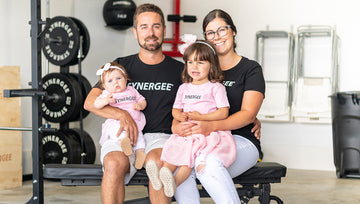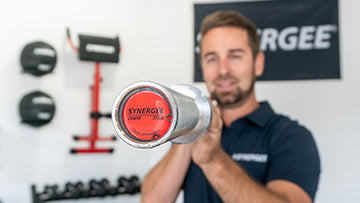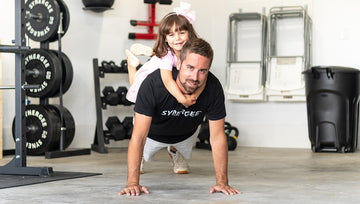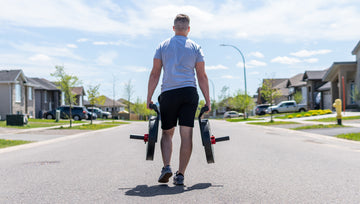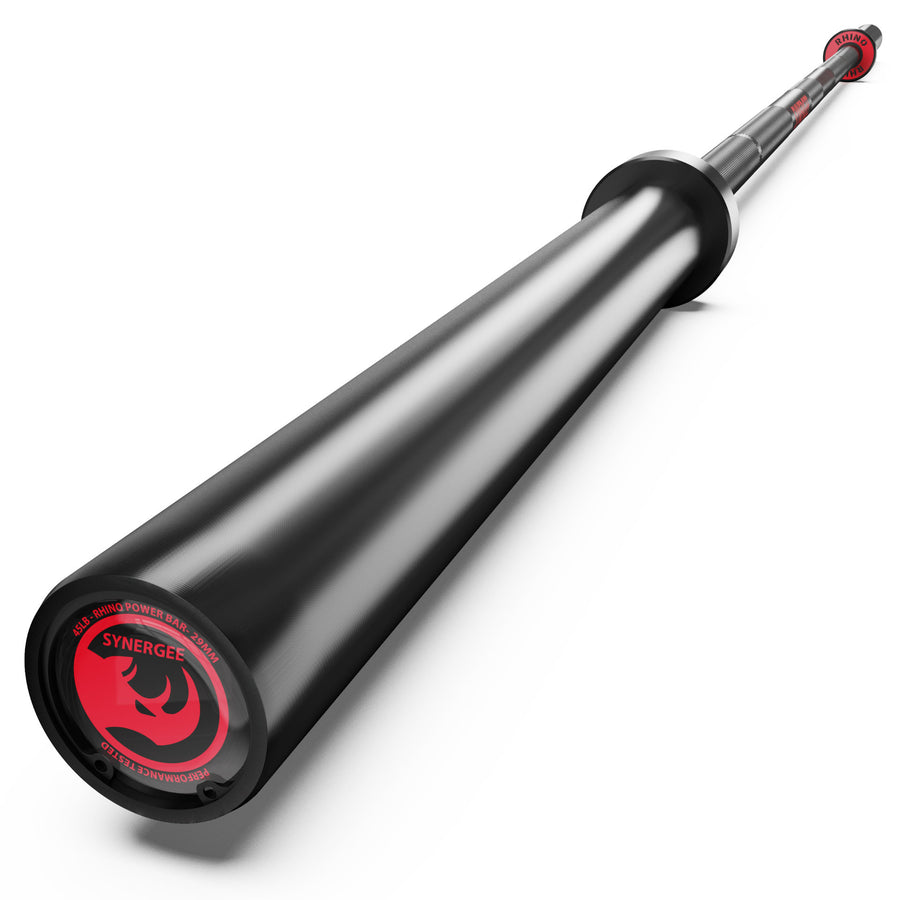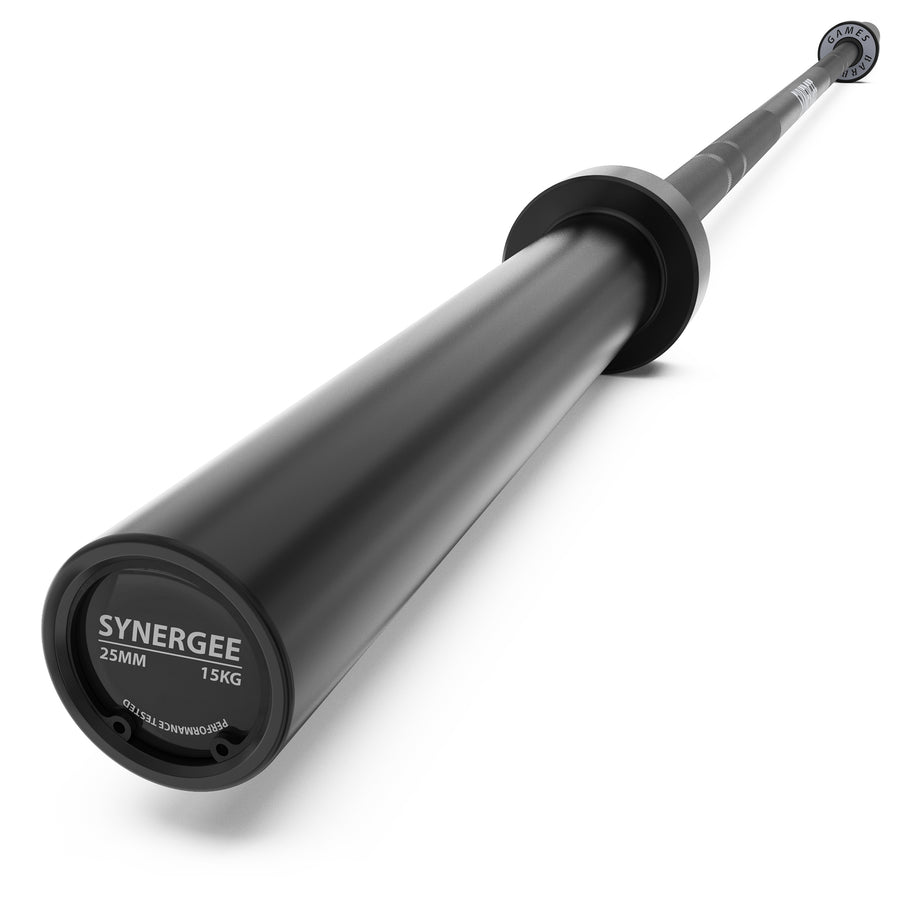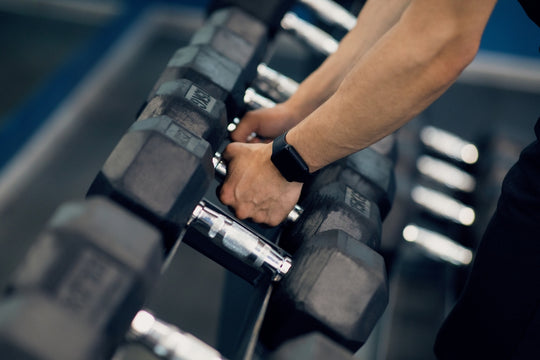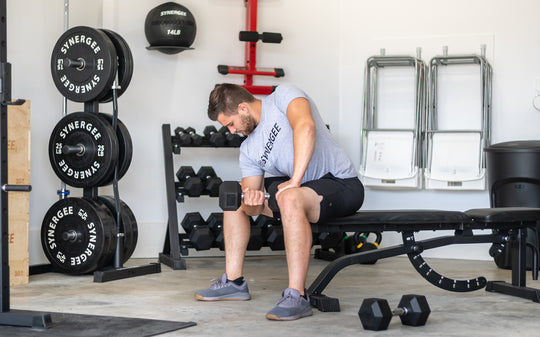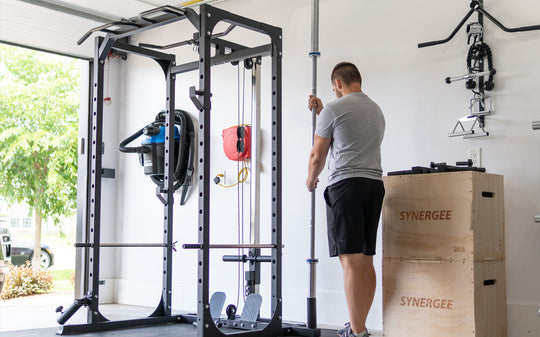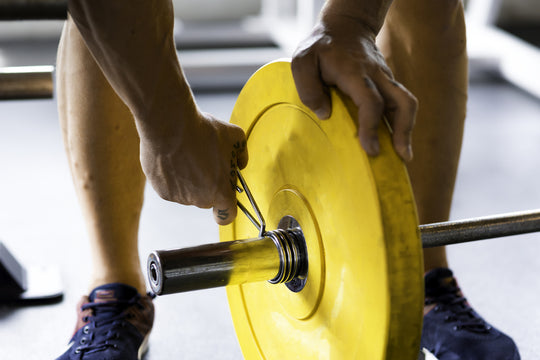Training With Calluses: Tips For Thick-Skinned Athletes
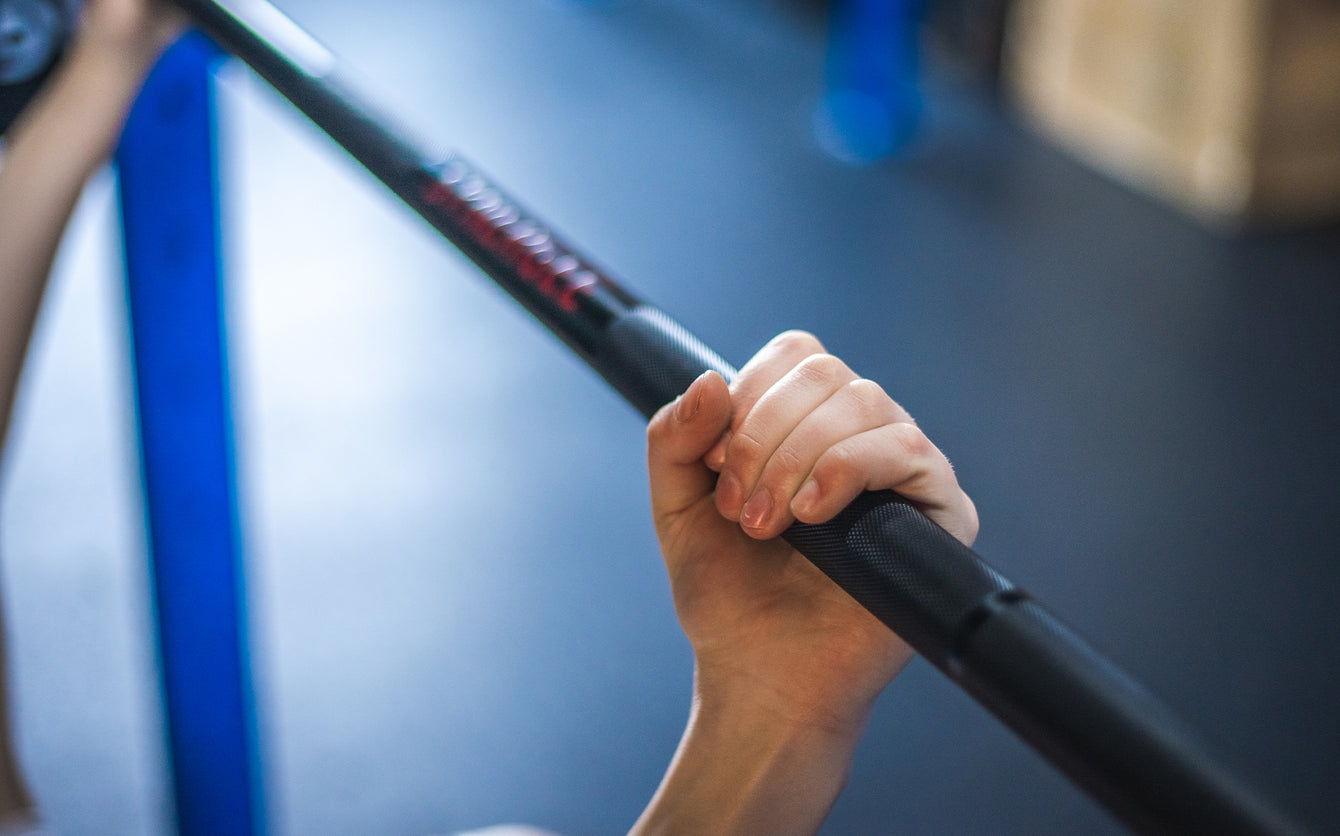
Soon after I started CrossFit 12-ish years ago, I started a new job. I showed up for my first day and met my new boss with a handshake.
When my hand met his, his smile turned slightly down; and I recognized a look in his eyes that I was seeing more and more lately…
The look in his eyes said, “Wow, your hands are ROUGH!”
Now, I’m not embarrassed of my calluses; I never have been.
Dainty hands have never been a trait I aspired towards.
I think in the middle of that handshake, I even winked and said, “I know what you’re thinking. My hands are rough because I lift a lot of weights. They’re proof that I’m a hard worker!” And the job introduction went smoothly from there.
While calluses can be a point of pride, treating calluses and keeping them in check is very important. Bigger is definitely not better.
For one, keeping your calluses from growing too large or thick can help prevent rips and tears. Rips and tears are painful, can introduce nasty infections, and can (or at least they should) interrupt your training as you wait for them to recover.
Treating calluses is inexpensive and easy. And there are ways of preventing them.
With these tips, you can go along your merry way as a strong & badarse Synergee Athlete with your hands fully intact!
WHAT IS A CALLUS?
A callus is a piece of skin that becomes thickened as a result of repeated contact and friction.
Any exercise that requires gripping a handle and having it move in your hands – Olympic & Powerlifting, kettlebell, dumbbell, and gymnastic movements, to name a few – will probably result in a callus.
From a callus, a blister can form; or untreated calluses can get torn off. Both situations result in very sensitive skin being exposed to the elements.
In other words: ouchie boo boos.
BUT calluses still offer protection! The top layer of skin is supposed to thicken with repetitive friction in order to protect the lower layers. It’s when it becomes too thick that the problems start.
Therefore, you want to keep your calluses in check: not too thick, not too thin, but just right!

HOW TO PREVENT BAD CALLUSES
There are a few ways you can avoid getting calluses in the first place:
- Do not workout with any rings on as they can cause friction
- Workout with wrist wraps or straps where necessary; chalk will also help by absorbing sweat and reducing friction
- Place the bar at the crease of your hand where you palm meets your fingers. Do not start with the bar in your palm. This will help you avoid pinching the skin. But it may also require you to develop better grip strength to hold on for your workouts
- Throughout your workouts, massage the area where calluses form to get the blood circulating better in these areas
- After your gym session, use moisturizer on your hands
HOW TO TREAT YOUR CALLUSES RIGHT
What if you already have calluses? We have tips for you, too.
To reduce your calluses, go through the following routine every 2-3 weeks:
- Soak your hands in warm water for 5-15 minutes. You can also add 3 tablespoons of Epsom Salts to the water.
- Use a pumice stone to file down your calluses. Leave a thin layer of smoothed-down callus behind.
- If calluses are very hard and thick, there are callus razors and microplanes on the market that can help. Use extreme caution when using these and take off very little bits at a time.
- Rinse your hands and dry completely. Massage in a moisturizer.
TAKE CARE OF YOUR HANDS!
Your hands are important! With regular callus shaving you can avoid the pain and stinging sensations that come with rips. And more importantly, you can avoid annoying interruptions to your training schedule and just keep trucking!
Callused high fives all around!!

